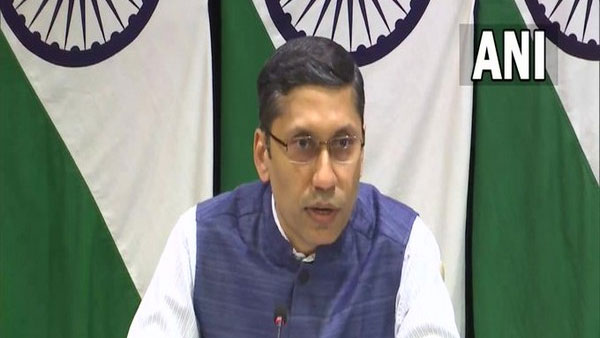
Retail inflation eases to 6.71% in July; IIP grows 12.3% in June
[ad_1]
The inflation numbers in July is significantly lower than the 8-year high of 7.79% touched in April.
This is the 3nd straight month when inflation figures have cooled. In May, the CPI number came in at 7.01%.
However, inflation continues to remain above Reserve Bank of India’s (RBI) upper tolerance level of 6%. It has remained above this mark for the past 7 months now.
The RBI mainly factors in retail inflation while arriving at it bi-monthly policy.
Reserve Bank’s monetary policy committee (MPC) has been tasked by the government to tame retail inflation based on consumer price index (CPI) at 4% (+,-2%).
The moderation in inflation figures is mainly on account of softening in food prices, government data showed.
Food inflation, which accounts for nearly half the CPI basket, was 6.75% in July, also easing for the third month in a row. Prices of edible oil and some metals fell.
Core inflation, excluding volatile food and energy prices, was estimated at 5.79-5.80% in July, lower than 5.96- 6.2% estimates in June, said two economists, after the data release.
In July, fuel turned costlier with an inflation print at 11.76% as against 10.39% in the comparable period.
The prices of protein rich ‘meat and fish’ and ‘pulses and products’ rose 9% and 0.18%, respectively, in July this year.
However, eggs continued to show deflation at (-)3.84% as against (-)5.48% in June.
The prices of fruits were costlier by 6.41% in July compared to 3.10% in June.
Earlier this month, RBI raised interest rates by 50 basis points to 5.40%, taking it above where it was before the pandemic, with more rate rises expected to come. In total, RBI has lifted the key repo rate by 140 basis points since May.
Meanwhile, the government imposed restrictions on export of crops including wheat and sugar while cutting fuel taxes.
RBI governor Shaktikanta Das has warned that persistently elevated cost of living conditions could translate into higher wages and inflation, which is unlikely to fall within the top end of the mandated target band until December.
Stating that there are signs that headline inflation, which has breached the 6% upper threshold set for the RBI for six consecutive months, has peaked, Das had said that policy moves from here on will be “calibrated, measured and nimble” and will depend on unfolding dynamics.
“… inflation still remains at uncomfortably or unacceptably high levels and therefore, monetary policy has to act,” he had told reporters.
IIP grows 12.3% in June
In a separate set of data released by the government, India’s industrial production rose 12.3% in June 2022. As per the Index of Industrial Production (IIP) data by the National Statistical Office (NSO), the manufacturing sector’s output grew 12.5% in June 2022.
The mining output climbed 7.5%, and power generation increased 16.4% in June 2022.
The index grew 12.7% April-June 2022 compared to a growth of 44.4% in the same period a year ago.
Industrial production has been hit due to the coronavirus pandemic in March 2020, when it had contracted 18.7%.
It shrank 57.3% in April 2020 due to a decline in economic activities in the wake of the lockdown imposed to curb the spread of coronavirus infections.
“Friday’s IIP growth and CPI inflation prints present an improved growth-inflation mix. The upcoming festival season and the recent easing of global food and energy price inflation have improved the growth prospects to some extent. While some headwinds are expected from the external sector, India’s large dependence on domestic consumption and investment will shield the economy to a greater extent than expected by the Street,” Rupa Rege Nitsure, group chief economist at L&T Financial Holdings told Reuters.
(With inputs from agencies)
[ad_2]
Source link


